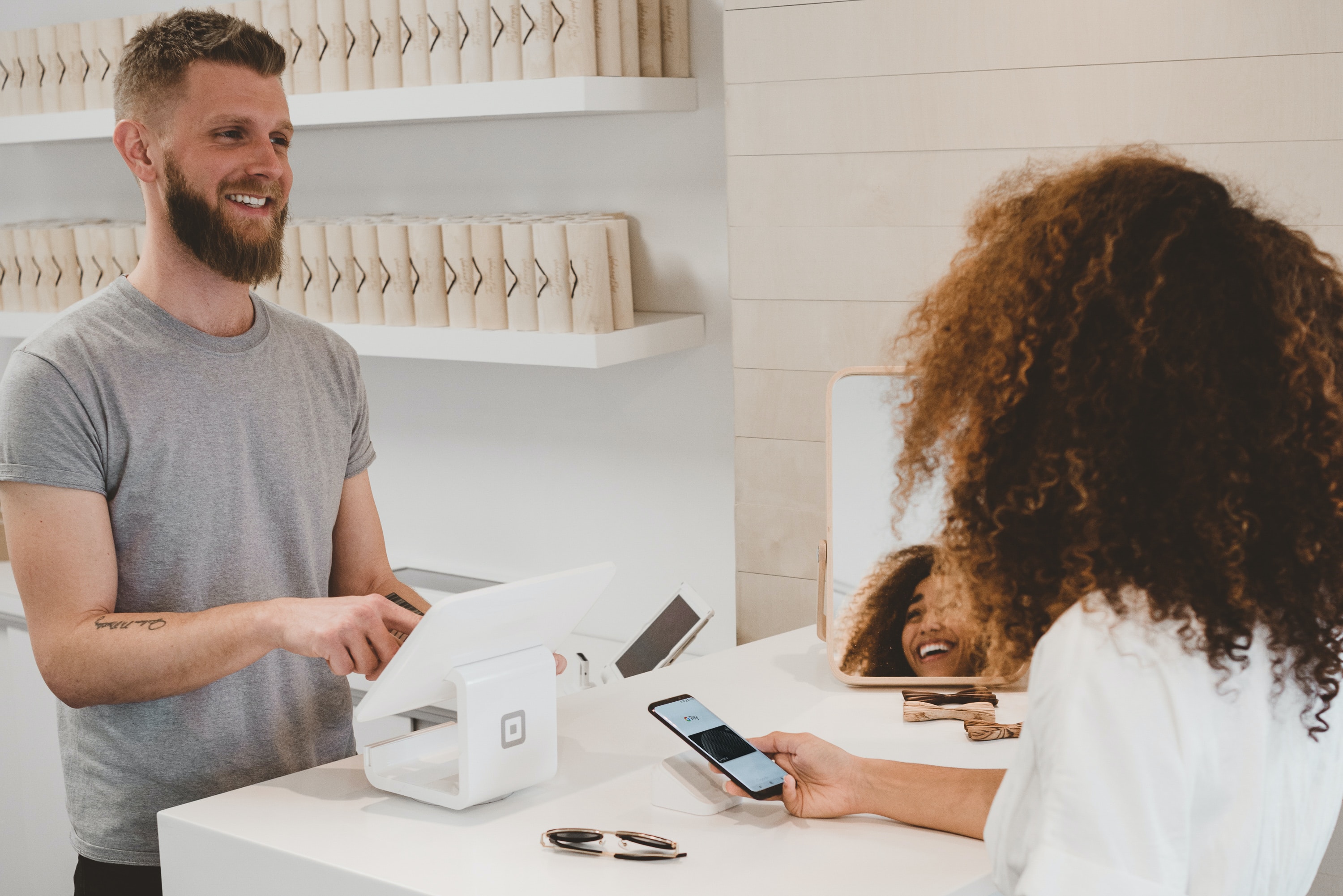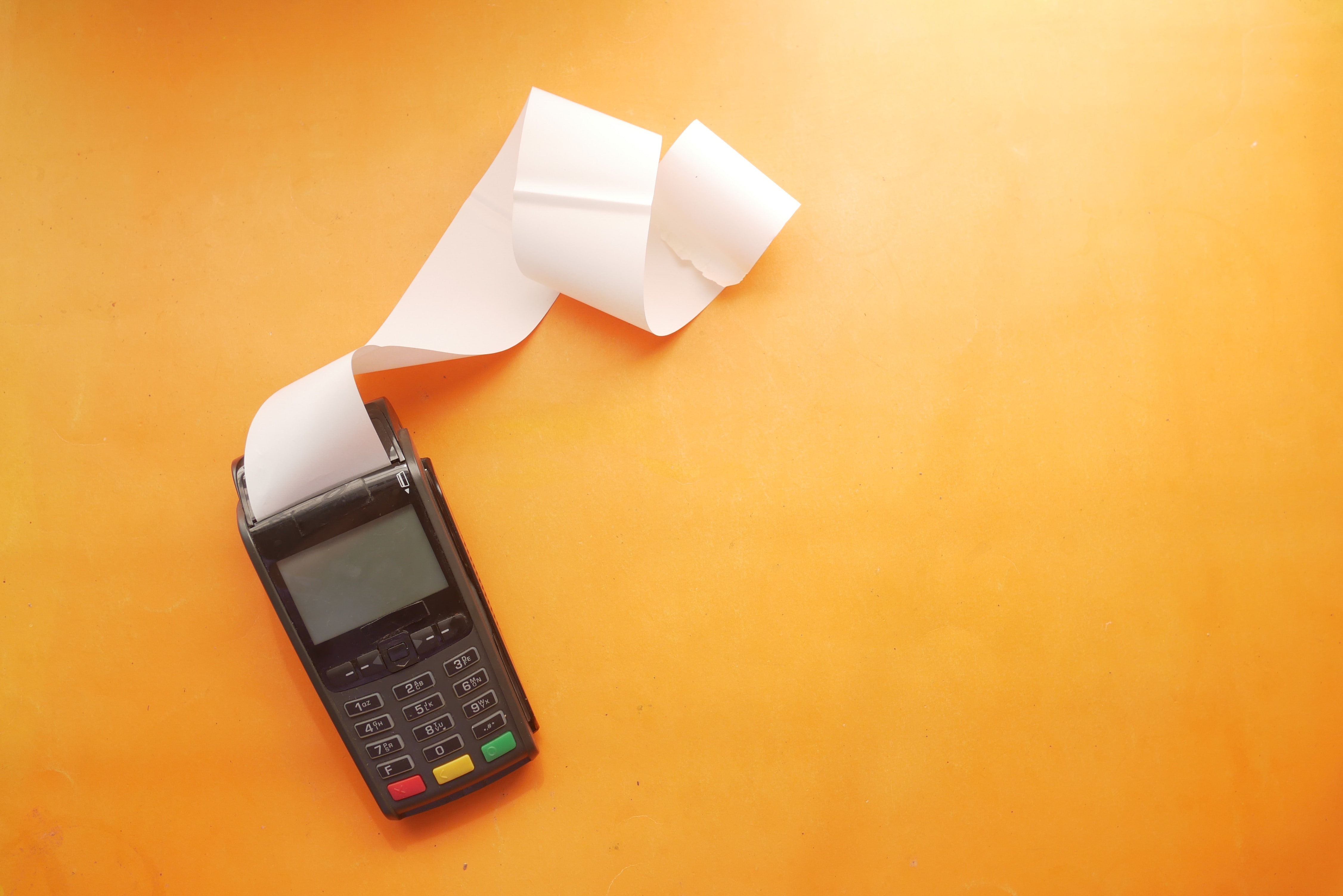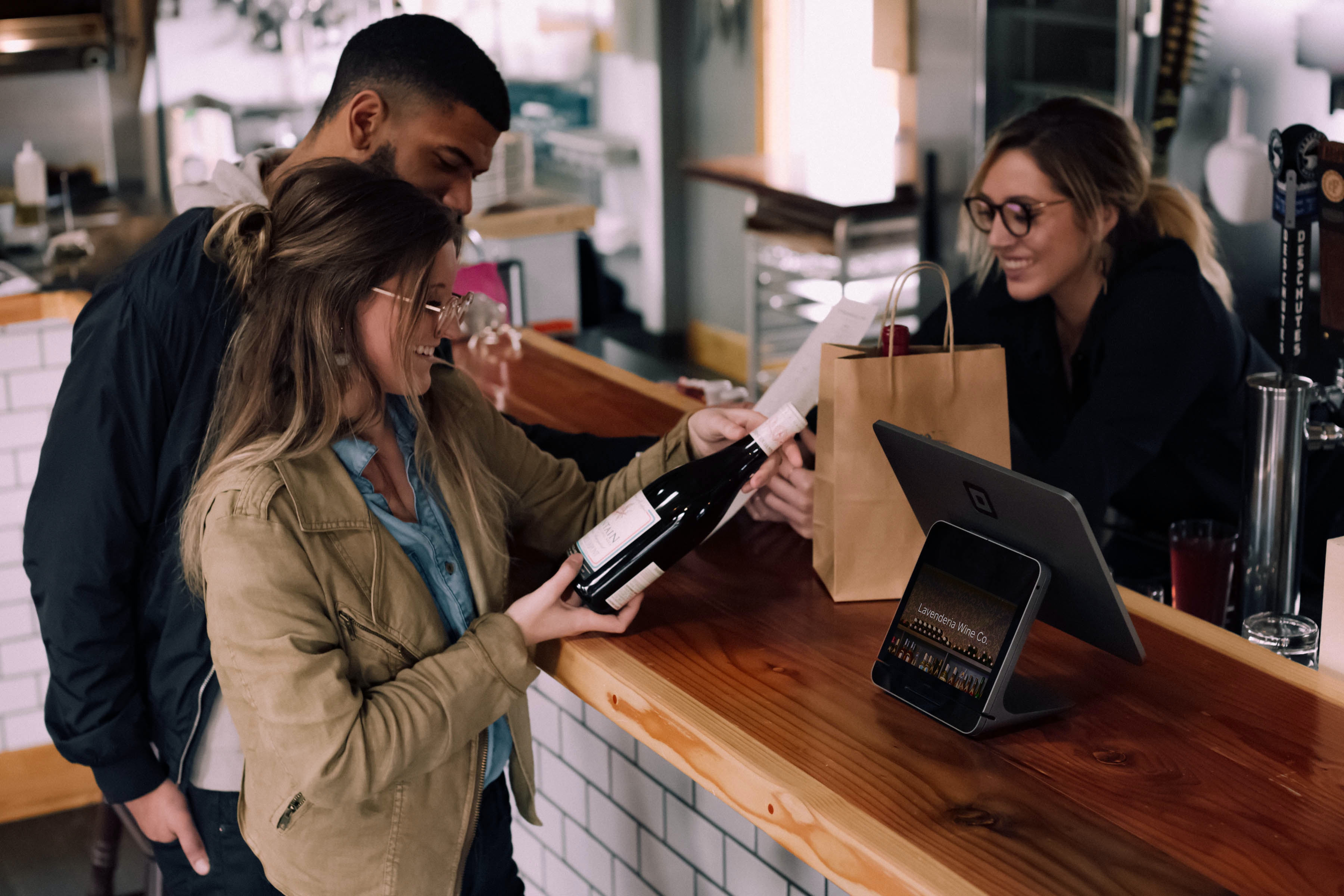How to Build a Customer Conversion Funnel
Jun 02, 2023
As a founder, are you struggling to convert website visitors into paying customers? Do you find it challenging to track your customers' journey from the moment they land on your website to the point of purchase? If yes, then you need to build a customer conversion funnel.
A customer conversion funnel is a marketing concept that helps businesses visualize the steps that a customer takes before making a purchase. It provides a framework for understanding how potential customers interact with your brand and how you can guide them towards making a purchase.
In this article, we will discuss how to build one for your business. We'll take you through the different stages of the funnel and provide tips on how to optimize each stage to increase your conversion rates. So, if you want to improve your online sales and grow your business, keep reading to learn how to build a customer conversion funnel.
What is a customer conversion funnel?
The customer conversion funnel and the sales funnel are both important concepts in marketing efforts, but they are not the same thing. The sales funnel is a process that a company uses to turn prospects into paying customers, while the customer conversion funnel focuses on turning first-time customers into repeat customers.
The sales funnel typically consists of four stages: awareness, interest, decision, and action. In the awareness stage, the company tries to make potential customers aware of their product or service. In the interest stage, the company provides more detailed information to help the customer understand the product or service better. In the decision stage, the company tries to convince the customer to make a purchase. Finally, in the action stage, the customer makes a purchase.
The customer conversion funnel, on the other hand, focuses on building relationships with customers after the sale. It consists of three stages: adoption, retention, and advocacy. In the adoption stage, the customer starts using the product or service. In the retention stage, the company encourages the customer to continue using the product or service. In the advocacy stage, the company tries to turn the customer into a brand advocate who will recommend the product or service to others.
We also won't delve into understanding and targeting your target market audience. We have a blog post that specifically goes into this though (link here).

Do funnels actually work?
The effectiveness of a funnel depends on multiple factors, such as the quality of your product or service, the competitiveness of your market, and the strength of your marketing message.
In order for a funnel to work you have to have a clear understanding who you're marketing to. That means having buyer personas in place and understanding their pain points, this way you can design a process whereby they will be receptive to your messaging and more likely to move throughout the funnel stages.
A well-designed funnel can help you identify and address any obstacles that might be preventing potential customers from making a purchase. By optimizing each step of the funnel, you can increase the likelihood of converting leads into paying customers.
However, it's important to remember that no funnel is foolproof. Some potential customers may drop out of the funnel at any stage, and there's no guarantee that everyone who completes the funnel will make a purchase.
To maximize the effectiveness of your funnel, it's important to continually test and refine your strategy. Analyze your data, track your metrics, and make adjustments as needed to improve your conversion rates.
In summary, while funnels can be effective, they're not a magic bullet. To succeed in converting customers, you need to have a solid product, a strong marketing message, and a willingness to continually optimize your strategy.
What are the parts to the funnel?
Awareness
The first part of a customer journey is the awareness stage. This is where you introduce your brand, product or service to potential customers. Your goal is to make them aware of your existence and what you have to offer.
To create awareness, you need to use various marketing activities using various channels such as social media, search engine optimization (SEO), paid advertising, content marketing, and PR. Your messaging should be clear, concise, and target the right audience. Use eye-catching visuals, engaging copy, and a strong call-to-action to grab their attention and make them want to learn more. You might seek outsourcing this to a remote marketing team if you're able to afford it, or internally creating this marketing material to disperse through various channels.
At this stage, it's important to focus on building relationships with your potential customers. Offer them something valuable such as a free guide or a discount code in exchange for their email address. This will allow you to nurture them through the rest of the funnel.
Remember that not everyone who becomes aware of your brand will move down the funnel. Some will drop off, and that's okay. Your goal is to attract as many prospective customers as possible and move them to the next stage of the funnel.
One effective way to create awareness is through social media content marketing. You can use platforms like Facebook, Instagram, and Twitter to reach a large audience and promote your brand. Creating engaging content, running ads, and collaborating with influencers can all help increase your visibility and reach.
Another way to create awareness is through content marketing. This involves creating valuable content such as blog posts, videos, and infographics that provide value to your target audience. By sharing this content on your website and social media channels, you can attract potential customers and build credibility for your brand.
Paid advertising is also a powerful tool for creating awareness. Platforms like Google Ads and Facebook Ads allow you to target specific audiences based on demographics, interests, and behaviors. This can help you reach the right people with your message and increase the chances of conversion.
Overall, creating awareness is the first step in building a successful funnel. By leveraging various marketing strategies and marketing campaigns, you can increase your visibility and attract potential customers to your brand.
Consideration
During the consideration stage of building a funnel, it's important to provide potential customers with information that will help them make a decision. This includes things like a product demo, customer reviews, and comparison charts. Educational content both from the perspective of teaching potential consumers why your solution is the best, but to also see it in action can be powerful and build trust. The more social proof you can exhibit will add legitimacy to your solution, giving customers a positive impression of the brand and seeing it in use.
One effective way to provide this information is through email marketing campaigns. By sending targeted emails to potential customers, you can provide them with the information they need to make an informed decision.
It's also important to make it easy for potential customers to ask questions and get the information they need. This can be done through live chat, phone support, or an FAQ section on your website. The more you can anticipate what key questions customers would have, the better you can address them.
During the consideration stage, it's important to address any objections or concerns that potential customers may have. This can be done through case studies or testimonials that showcase how your product or service has helped others.
Another effective tactic during the consideration stage is retargeting ads. By showing ads to people who have already shown interest in your product or service, you can keep your brand top of mind and encourage them to make a purchase.
It's important during the consideration stage to provide your buyer personas with information that helps to tag them as qualified leads. If a person purchases your product/service with the wrong expectation or assumption, it could help lead to dissatisfaction and negative reviews. Therefore it's important to qualify leads and streamline the process for the to move onto the checkout process, or decision stage and get them to convert.
Conversion
The conversion stage is the ultimate goal of any customer conversion funnel. It refers to the moment when a potential customer takes the desired action, such as making a purchase or signing up for a newsletter. To increase conversion rates, it's important to understand what motivates your target audience and to create a clear and compelling call-to-action.
One way to improve conversion rates is to optimize your landing pages. A landing page should be designed to guide visitors towards the desired action, with a clear headline, persuasive copy, and a prominent call-to-action button. It's also important to minimize distractions and make the page easy to navigate.
It's important to make a frictionless checkout process as well, the more difficult it is for a customer to actually press 'purchase' gives them more time and consideration to drop off. Testing out the entire buying process, and continuously refining is key here. It doesn't have to be perfect for launch, but it should be a continual iterative process.
Another key factor in conversion is trust. Customers are more likely to take action if they trust your brand and feel confident in their decision. To build trust, consider including customer reviews and testimonials, security badges, and clear information about your products or services.
Personalization can also be a powerful tool for increasing conversion rates. By tailoring your messaging and offers to the specific needs and interests of your audience, you can create a more engaging and relevant experience. This can be achieved through targeted email campaigns, personalized landing pages, and dynamic content.
As a prospective customer is going through a customer journey, they might need a more relationship-based closing process. In which case, pushing educating potential customers to a sales team to answer any last questions could be a means to close those that are either on the fence, or require a personal approach (think specific quoting/invoicing needs versus a standard 'click here to purchase' product/service). This is the part of the funnel that can be integrated with a sales process, to feed qualified leads into that process if needed as well.
Finally, it's important to track and analyze your conversion rates, to identify areas for improvement and to optimize your funnel over time. By testing different strategies and measuring their impact, you can continually refine your approach and maximize your results.
Loyalty
By being customer obsessed and learning what customers want and need, and providing a top notch customer experience can go a long way to help retain customers. Customer retention and generation repeat-business is an important aspect of building a successful funnel. It is much easier and cheaper to retain loyal customers than it is to acquire new ones. Having the customer lifetime value as a key metric (KPI) to measure from the start as it'll not only indicate if a customer will be loyal, but for how long, and what that means in terms of revenue generation for your business.
One way to build loyalty is by offering incentives and rewards to returning customers. This could be in the form of discounts, exclusive content or personalized experiences.
Another way to build loyalty is by providing excellent customer service. Make sure to respond promptly to any questions or concerns and go above and beyond to exceed their expectations.
Building a community is also a great way to build loyalty. This can be done through social media groups, forums or even in-person events. Encourage customers to interact with each other and with your brand to create a sense of belonging.
Finally, make sure to regularly communicate with your customers. Send personalized emails, newsletters or even handwritten notes to show your appreciation for their business. This will keep your brand top-of-mind and build a strong relationship with your customers.
Advocacy
Advocacy is the final stage of the customer conversion funnel, where happy customers become brand advocates and promote your business to their network. These advocates can be a powerful marketing tool, as people are more likely to trust recommendations from friends and family than traditional advertising.
To encourage advocacy, it's important to provide exceptional customer service and follow up with clients after a sale. This can include sending personalized thank-you notes or offering exclusive discounts for repeat business.
Another way to foster advocacy is to incentivize referrals. Offer discounts or rewards to customers who refer friends and family to your business, and make it easy for them to do so by providing referral links or social media share buttons.
Social media posts can also be a powerful tool for advocacy, as satisfied customers can share their positive experiences with their followers. Encourage customers to share their experiences on social media by offering incentives or hosting contests for the best reviews or posts.
It's important to monitor and respond to customer feedback, both positive and negative, to show that you value their opinions and are committed to improving their experience. Responding to negative feedback in a professional manner can also help turn dissatisfied customers into brand advocates.
Ultimately, advocacy is about building a strong relationship with your customers and providing exceptional service that inspires them to become advocates for your brand. By focusing on this final stage of the customer conversion funnel, you can turn satisfied customers into a powerful marketing tool for your business.
Tailor Your Funnel to the Customer
One of the keys to building an effective customer conversion funnel is to tailor it to your potential buyer. This means understanding your target audience, their buying journey, and the marketing channels they use to find and engage with your business.
Start by identifying your qualified prospects - the people who are most likely to become customers. This may involve analyzing customer data, conducting surveys, or researching your market. Once you have a clear picture of your target audience, you can begin to map out the various stages of their buying journey.
To tailor your funnel to the customer, you'll need to create marketing content and campaigns that speak to each stage of the buying journey. This may include blog posts, social media ads, email marketing, and more. You'll also need to choose the right marketing channels to reach your target audience - whether that's through search engines, social media, or other online platforms.
By tailoring your funnel to the customer, you can create a seamless buying experience that meets their needs and expectations. This can lead to increased conversions, higher customer satisfaction, and ultimately, greater business success. One way to do this is by analyzing how customers find your website through organic search. By understanding the keywords and phrases they are using to search for your products or services, you can create content that addresses their specific needs and interests.
At each stage of the funnel, it's important to understand at a high level what relevant content should be provided to the potential buyer to help them with their decision making. This could mean providing product demos that showcase the unique features and benefits of your offerings. This can help potential customers understand how your product or service can solve their problems and meet their needs. By providing clear and concise information, you can build trust and establish your brand as a reliable source of information and solutions.
In addition, educational content can be a powerful tool for guiding customers through the conversion funnel. By creating informative blog posts, videos, and other content that addresses common questions and concerns, you can establish your business as an authority in your industry and build trust with potential customers. This can also help you attract top-of-the-funnel traffic and build a loyal following that is more likely to convert into paying customers.
Product reviews sprinkled throughout the funnel process can also help provide credibility to the potential customer understanding the benefits and being able to have a tangible example of how your business has provided benefit to a complete stranger can help escalate a customer from awareness to conversion.
Build interest with content
One of the key steps in building a customer conversion funnel is to build interest with content. This means creating valuable and informative content that speaks directly to your target audience and addresses their pain points and needs.
Your content should be optimized for search engines so that it can be easily found by potential customers. This includes using keywords, meta tags, and other SEO tactics to improve your search engine rankings.
Visual representation and storytelling can also be powerful tools for engaging customers in the conversion funnel. Images, videos, GIFs, and other visuals can help draw attention to your content and capture a customer's interest. You should also strive to create stories that emotionally connect with customers and demonstrate how your product or service can meet their needs.
In addition to written content, you should also consider creating videos, infographics, and other types of content that can engage your audience and keep them interested in your brand.
Your content should be distributed across multiple channels, including your website, social media, email marketing, and other platforms where your target audience is likely to be active.
To build interest with content, you should also consider creating lead magnets, such as ebooks, whitepapers, or webinars, that provide even more value to your audience and encourage them to take the next step in the conversion funnel.
Finally, it's important to track and analyze the performance of your content and adjust your strategy as needed. This includes monitoring metrics such as website traffic, engagement rates, and conversion rates to determine what content is resonating with your audience and driving results.
Use automation to keep leads in your funnel
One of the most effective ways to build a customer conversion funnel is to use automation to keep leads in your funnel. By automating certain tasks, you can save time and ensure that no leads slip through the cracks.
First, use an email marketing platform to create a series of automated emails that will be sent to leads at specific intervals. These emails should be designed to provide value and build trust with the lead, while also encouraging them to take the next step in the funnel. As you build up your email list, you'll have a greater degree of having a direct way to communicate with your potential buyers.
Next, use retargeting ads to keep your brand top-of-mind for leads who have visited your website but haven't yet converted. These ads can be targeted to specific audiences based on their behavior on your website, and can be a powerful way to keep leads engaged with your brand.
You can also use chatbots to automate conversations with leads and answer their questions in real-time. This can help to build trust and keep leads engaged with your brand, even if you're not available to chat with them personally.
Finally, use analytics to track the performance of your funnel and identify areas where you can improve. By monitoring the conversion rates at each stage of the funnel, you can identify bottlenecks and make adjustments to improve the overall performance of your funnel.
Stay connected with news and updates!
Join our mailing list to receive the latest news and updates from our team.
Don't worry, your information will not be shared.
We hate SPAM. We will never sell your information, for any reason.








